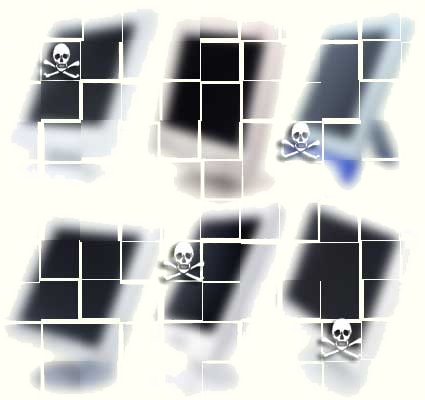Penalty: An Autopsy Of Dead LCD Pixels
Penalty: An Autopsy Of Dead LCD Pixels

The list of manufacturers polled has now increased to 36, but the answers are no more encouraging. No manufacturer has a really consumer-friendly policy which would involve straight replacement when dead pixel problems arise.
In our original article, there was one manufacturer which was the exception to the rule. We pointed it out at the time as an example for everyone else should follow. But we are sad to say that two days ago the manufacturer in question, Lite On, informed us that their earlier replies were no longer valid and now they do not exchange their monitors when there is just one dead pixel.
Since our article first appeared, suggesting an alteration in policy would be welcome, other manufacturers have told us what they have done. For instance, at the end of February Hercules halved the number of dead pixels it requires before replacing a monitor. CTX, Relisys, Planar, Videoseven, Medion and Hitachi have sent us their answers.
An ISO Standard For Everyone
Their replies were astounding. All refer to the ISO 13406-2 standard (described in detail at the end of this article, and not to be missed!); most of them are in monitor Class II. But as you will see, the way this is understood varies from one manufacturer to the next. And not that many of them really comply with it.
In fact, we found it was all disillusion and discontent. We have to admit the standard itself is not that simple. You have to analyze complicated tables referring one paragraph to another and defining what constitutes a defective pixel - not be to confused with a sub-pixel (a cluster of cells making up a whole pixel), differentiating faults in red from green and blue, lit and unlit, specifying how much of a space difference between two dots is tolerated, etc. So in the end, with rules that are so hard to understand and the manufacturers' non-uniform policies, it's up to us, and you, to cope alone and sort out the sheep from the goats. The manufacturers are making the most of our poor grasp of the rules, and it's time for a change!
Their answers, when they come, are simply staggering. While some say they replace the panel, no questions asked, at the first sign of a dead pixel (Lite On), others wait until there are ten before acting! Even more worrisome is the response from IdealVision, the leading French dealer for CTX, Neovo and Relisys panels: a point-blank refusal to release this information. This, however, was their second stance, as they had previously told us some Relisys monitors were not replaced before they had seventeen defective pixels. Could this be why they clammed up?
Another (nicer) surprise is the new slogan that Philips is flaunting on some of its panels: zero-pixel-defect tolerance. Except they're not talking about unlit pixels, so you may have four dead pixels before they consent to a replacement. Still, this policy is a step in the right direction towards better service and should be applied more often.
Stay On the Cutting Edge: Get the Tom's Hardware Newsletter
Get Tom's Hardware's best news and in-depth reviews, straight to your inbox.
Current page: Penalty: An Autopsy Of Dead LCD Pixels
Next Page Complicated Interpretation